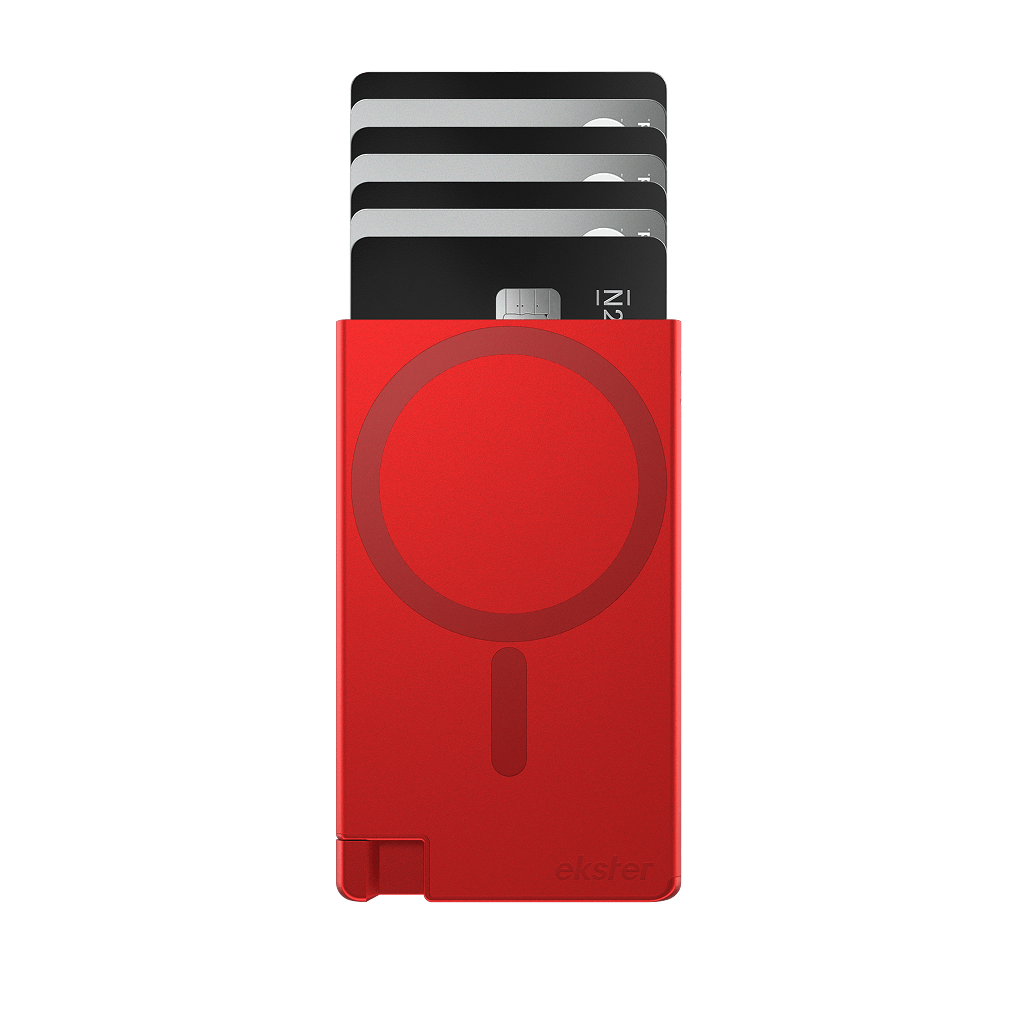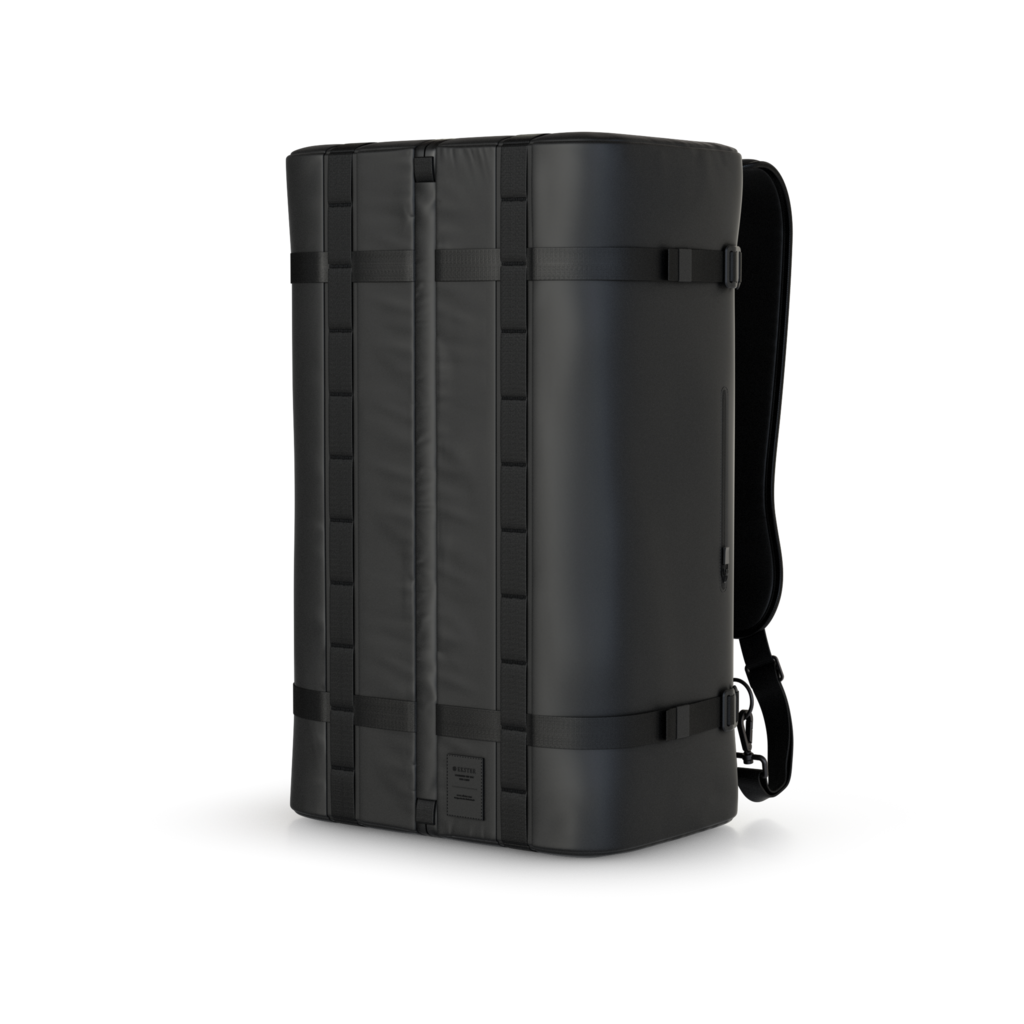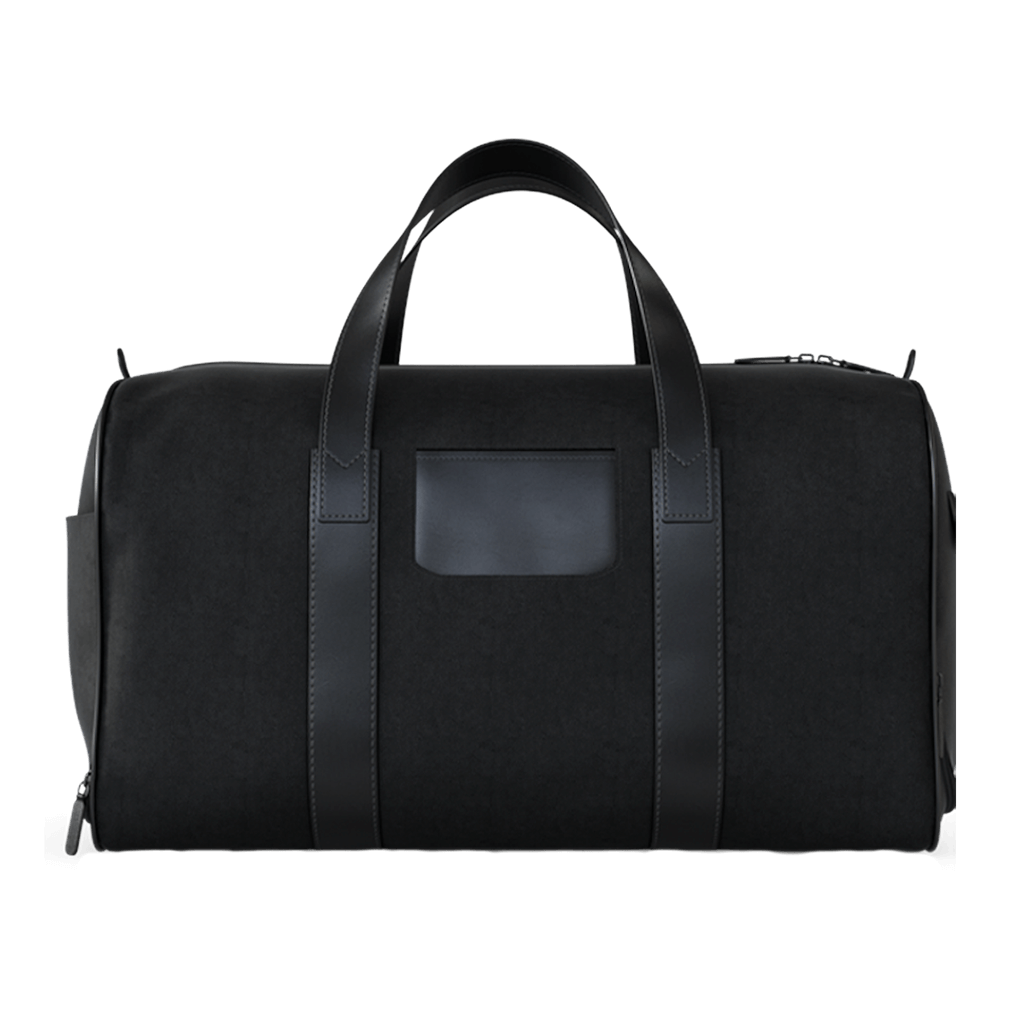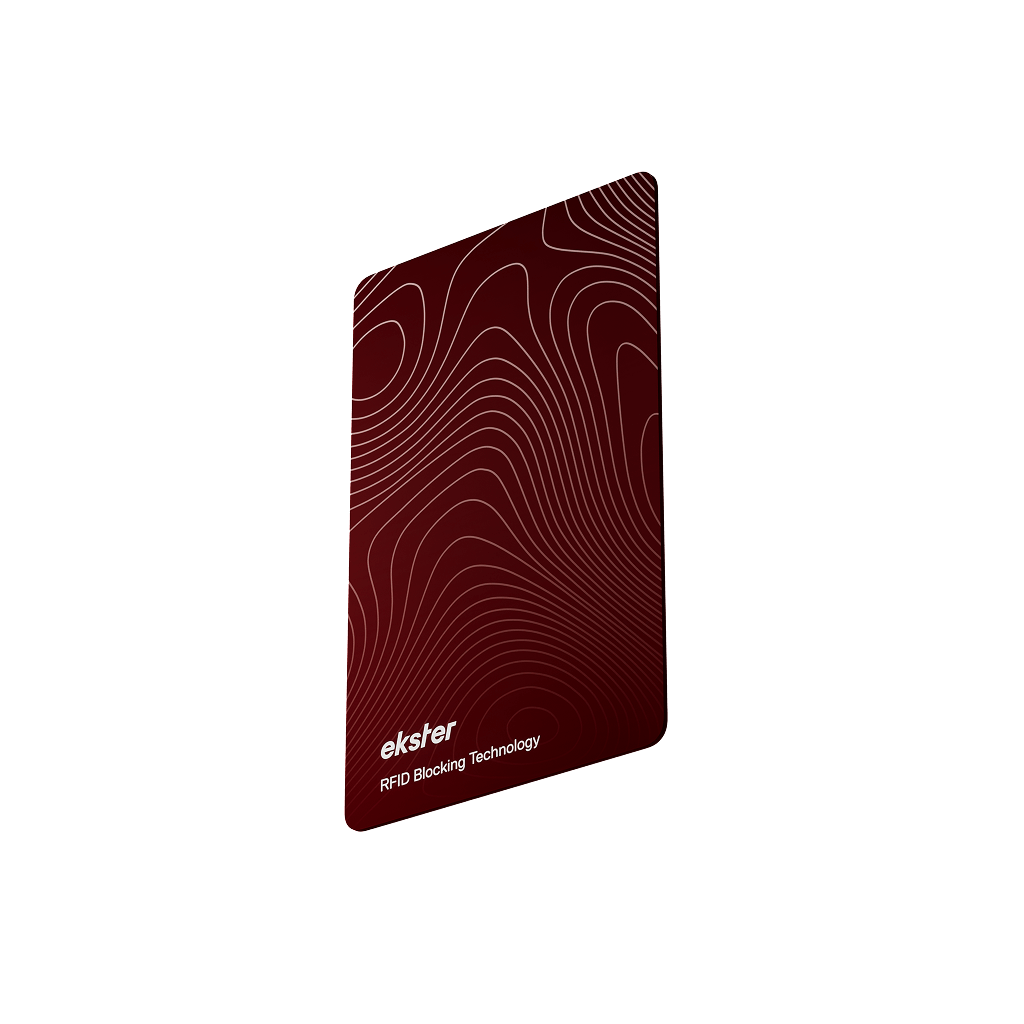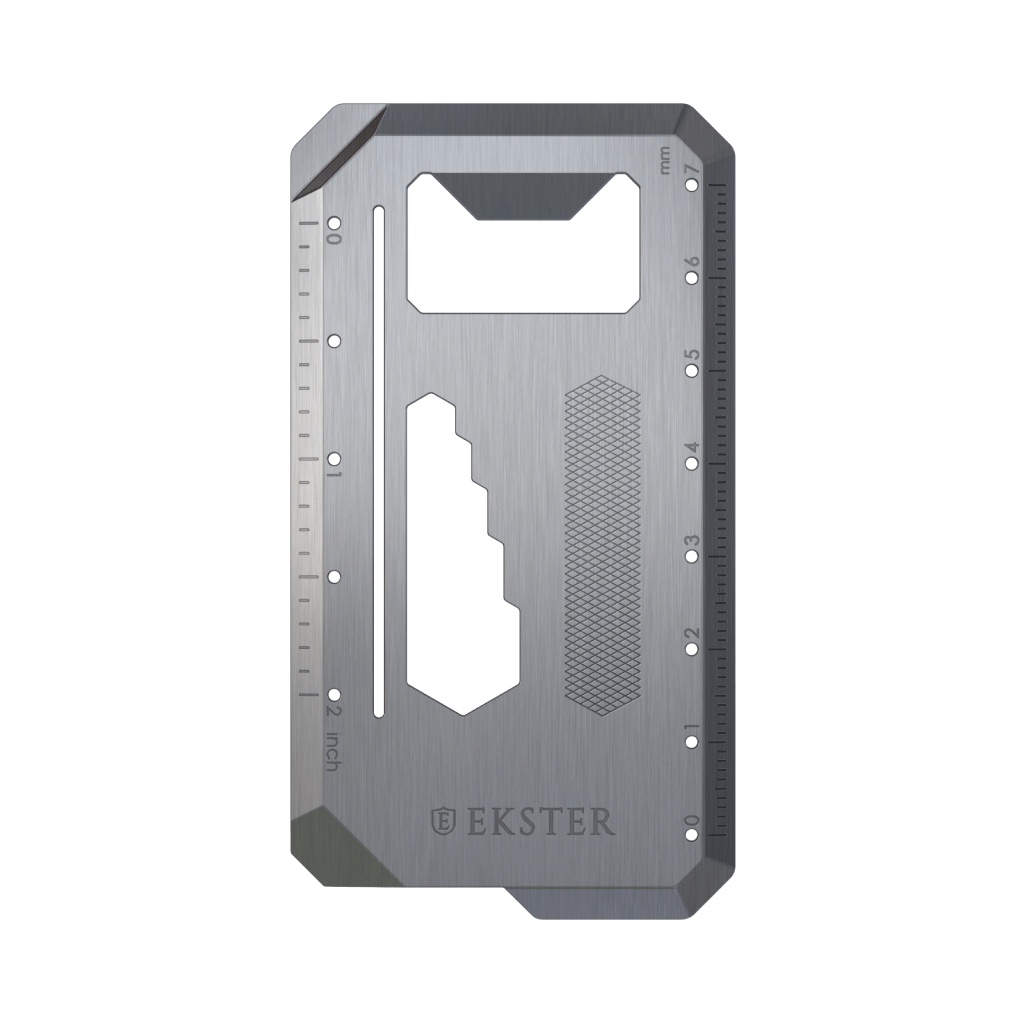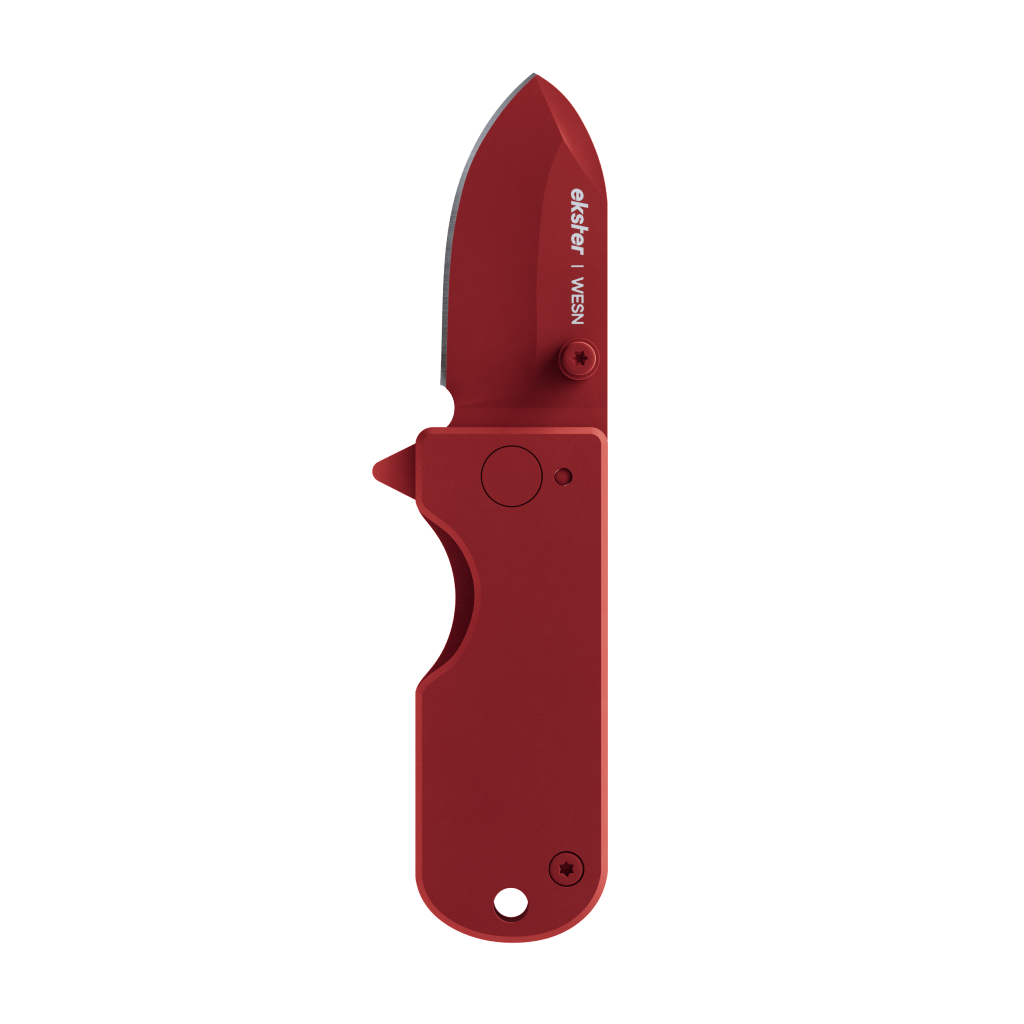RFID Wallet Protection: Protecting Your Credit Card Information
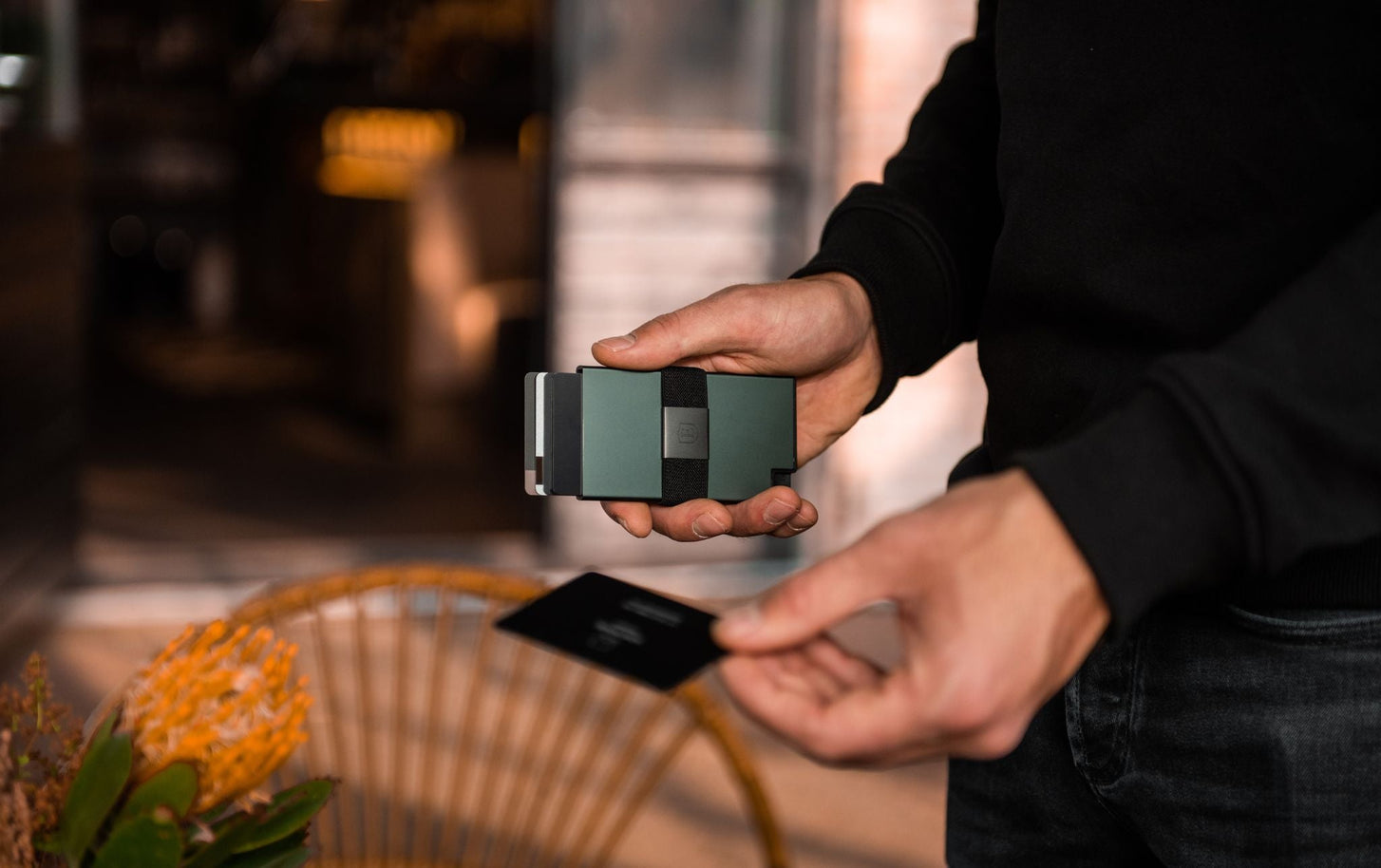
Credit and debit cards have been around and in use for as long as most of us can remember. They are safer to carry and use than cash and tend to make transactions quicker and smoother for everyone involved. More importantly, they have been essential to the advancement towards a more secure cashless transaction market.
Magnetic strips used to be the way that your card was read and accessed when you swiped it through the machine at checkout. The only way to verify that the card was yours was to sign a receipt, and let’s face it, signatures are not that secure.
Magnetic strips also work less consistently and are more easily subject to scratches that render them useless. Pretty much every bank card still has a magnet strip on the back but an ever-growing number of businesses have switched over to contactless forms of payment.
These contactless cards require RFID chips, a long word for radio waves that can be read by specific devices. While RFID is more secure in some ways, there are those who seek to take advantage of this new form of payment.
RFID chips are both more convenient and user friendly, but the manner in which they are able to transfer information without contact gives rise to a certain level of vulnerability.
The way in which these cards communicate with the readers at checkout requires an electromagnetic field to be emitted from the reader. This then activates the chip inside the card and is able to transfer data between the two; this includes all the personal data included in your bank account that is used to identify you.
Unfortunately, other, more nefarious RFID scanning devices are made to emit the same field and can potentially be used to steal the information therein without the holder being any the wiser.
In an effort to eliminate this potential threat, wallet makers have begun to make wallets designed specifically to block the chips from being activated while still inside.
But, just how important is this technology? And how effective are these wallets at keeping the cards more secure from identity thieves?
RFID Chip Technology
In order to fully understand the importance of RFID blocking technology, you first have to know what it is. RFID is an acronym for radio frequency identification.
This means that these cards use radio signals to broadcast their information wirelessly, as opposed to magnetic strip cards that require a magnetic contact reader that must come in direct contact with the card to read the information contained therein.
How does a card broadcast a signal when it has no power source to generate the signal, you may be asking?
Well, the RFID reader devices send out an electromagnetic field that provides the necessary power for the card to be read. Without this field, nothing can be read from the cards, making them more secure than strip cards which use tiny bits of iron, laid out in specific North-South patterns by the card writing machine, and can be read or erased with the right type of magnet.
The issue with the use of the magnetic field on the RFID cards is that anyone who has the capability to produce the right frequency field can access the data stored on any RFID chip in the nearby area, sometimes from several feet away, depending on the strength of the electromagnetic field their specific device can generate. This thereby allows them to hijack the personal and account information stored on any card to which they can manage to gain access.
How Does RFID Technology Work At Making Cards More Secure?
RFID wallets are specifically designed to block the transmission of electromagnetic signals from reaching and reading the chipped cards inside of them, thereby eliminating the risk of the highly sensitive information they contain being stolen. They are able to achieve this feat by utilizing something known as a Faraday cage.
A Faraday cage is a structure many people are more familiar with than they may realize. These are anything made of conductive materials, like metal, that block electromagnetic signals from getting through, distributing the impulses around the cage instead of allowing it to pass through.
Take your microwave, for example. It is specifically designed to contain the harmful microwave radiation that it uses to cook the food and keep it from penetrating into your kitchen.
If your car were to ever be struck by lightning while you were inside, it would act as a Faraday cage by capturing the electrical energy inside the metal frame of the vehicle and not allow it inside to hurt the occupants. Ever lost signal to your phone when inside an elevator? That’s because elevators are a big box of metal, aka, a Faraday cage.
Your Credit Cards Contain Valuable Information That You Can’t Afford Not To Protect
While the advent of RFID chip cards brings with it many advances in encryption, security, and longevity of the card life, it also brings with it a risk of having that information taken and copied with the right sort of equipment.
For most people, having their identity or their account information stolen is not a risk they would take knowingly. Yet, many people are not aware that RFID related theft occurs.
Losing control of the contents of your wallet can be an absolute catastrophe, not to mention a headache that will most assuredly make you wish you had made more preventative steps to keep it from becoming your reality.
When your financial security is at stake, there is no better defensive move than planning for the offensive. If identity thieves want to steal what you work so hard to achieve in life, the least you can do is make that as difficult for them as possible.
Even if the chances of it happening to you are less than one percent, why would you not make every effort to reduce that risk down to zero?
Especially when the RFID blocking wallets are no bigger, heavier, or otherwise much different from the average wallet in terms of usefulness, there are zero good reasons to take the risk.
Consider what is at stake when it comes to the cards in your wallet. Your entire life and financial resources, in a lot of instances, are contained in the chips embedded into your cards. If you or anyone you have ever known has had to deal with identity theft in its many forms, you already have a good idea of the hassle that can quickly become.
The Final Verdict
As previously mentioned, RFID blocking wallets can be very similar in looks and functionality to your everyday leather wallet. However, having the added protection of RFID blocking can mean the world when it comes to protecting the cards you carry around and all the sensitive, personal information they contain.
We’ve all heard the saying, “better safe than sorry”, and when it comes to your wallet this is indeed the case. If your cards are protected from RFID scanning, you’ll never know someone is trying to steal from you.
But if you aren’t protected from RFID scanning and someone does steal your personal data, you’ll surely never forget.
Sources:






